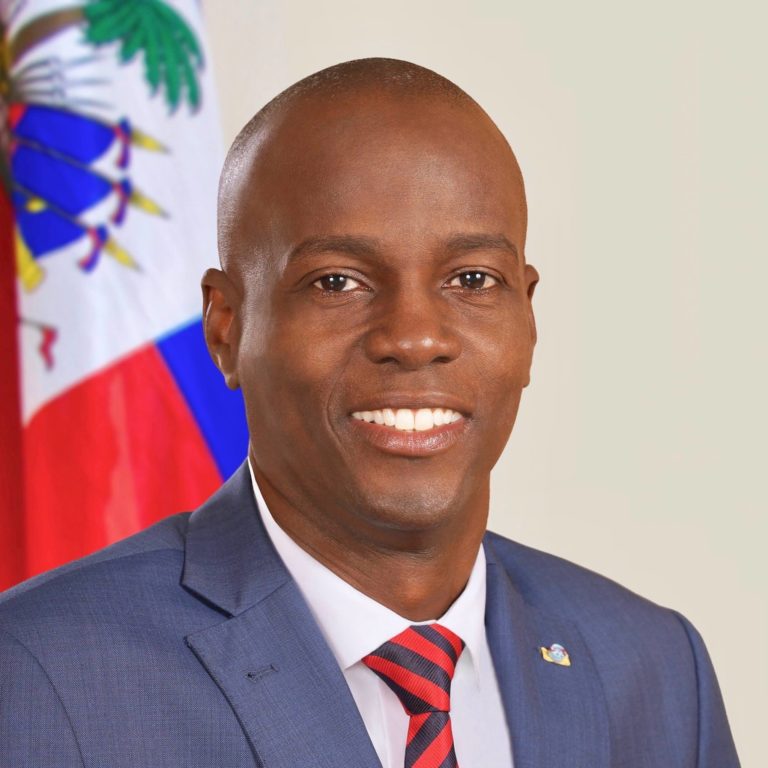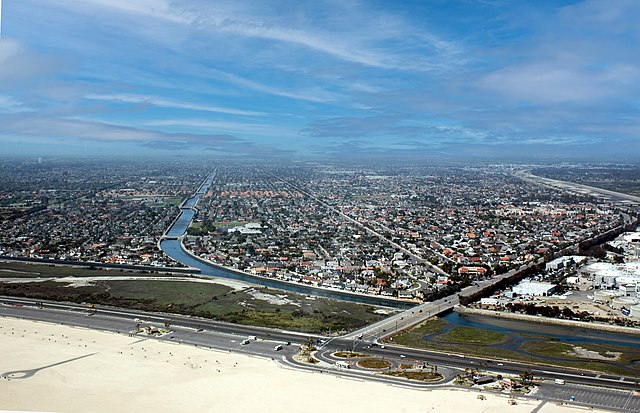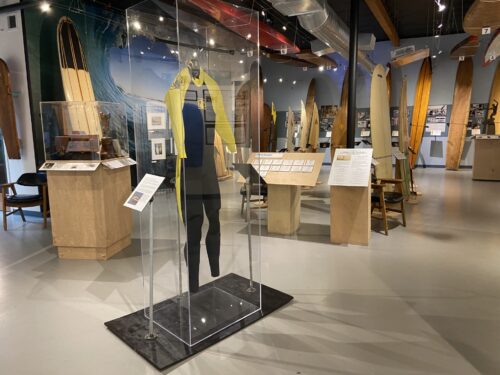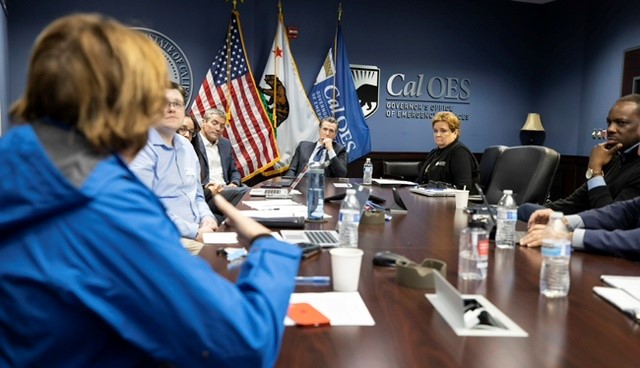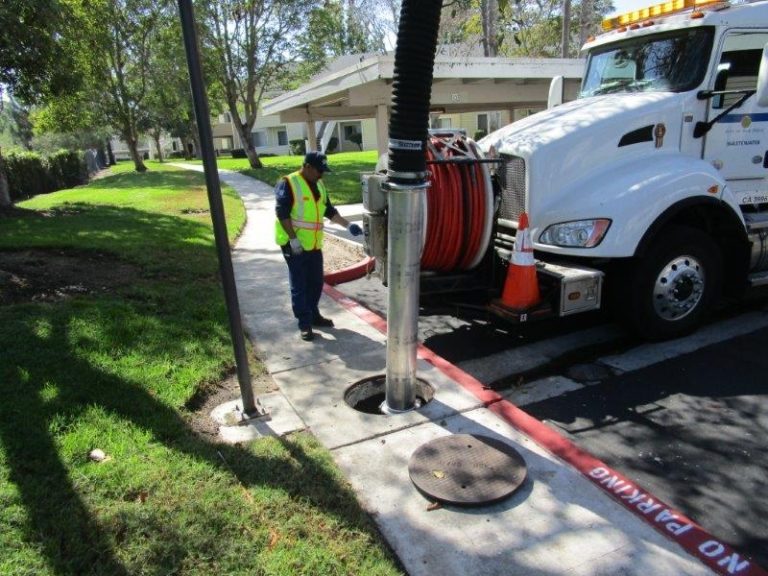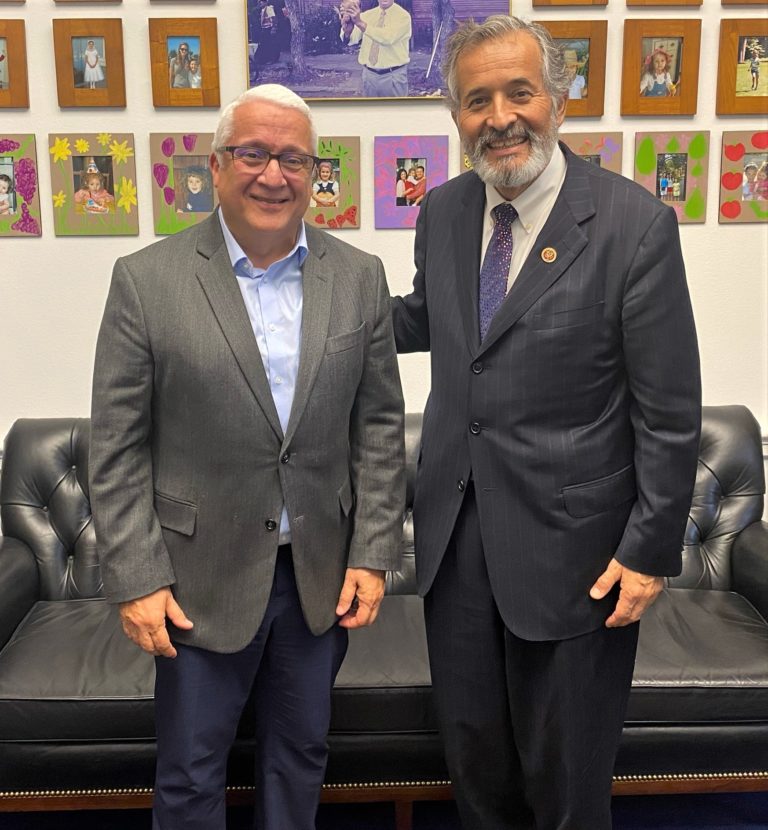San Diego Air and Space Museum remembers USAF Brigadier General and Apollo 9 Commander Jim McDivitt
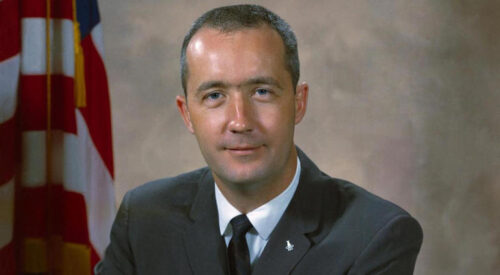
By SDCN Staff
San Diego, CA–The San Diego Air and Space Museum is remembering Apollo 9 Commander Jim McDivitt, who entered the prestigious International Air and Space Hall of Fame in 2012 along with his entire crew. McDivitt passed away on October 13 at the age of 93.
“Jim McDivitt was an extraordinary man and true American hero at a time when heroes were in short supply in this country,” said Jim Kidrick, President and CEO of the San Diego Air and Space Museum. “He embodied the spirit of aviation and space exploration which earned him an honored place in the prestigious International Air and Space Hall of Fame. He proudly served our country as not only an astronaut who was one of only a handful of men who flew in the groundbreaking missions during the Gemini and Apollo programs, but also as a United States Air Force pilot, test pilot, and aeronautical engineer.”
James Alton McDivitt, born June 10, 1929, joined the USAF in 1951 and flew 145 combat missions in the Korean War. In 1959, after graduating first in his class with a Bachelor of Science degree in Aeronautical Engineering from the University of Michigan through the U.S. Air Force Institute of Technology program, he qualified as a test pilot at the Air Force Experimental Flight Test Pilot School (Class 59C) and Aerospace Research Pilot School (Class I) and joined the Manned Spacecraft Operations Branch.
By September 1962, McDivitt had logged over 2,500 flight hours, of which more than 2,000 hours were in jet aircraft. This included flying as a chase pilot for Robert M. White’s North American X-15 flight on July 17, 1962, in which White reached an altitude of 59.5 miles (95.8 km) and became the first X-15 pilot to be awarded Astronaut Wings.
That same year, McDivitt was selected as an astronaut by NASA with Astronaut Group 2. He commanded the Gemini IV mission, during which Ed White performed the first U.S. spacewalk, and later the Apollo 9 flight, which was the first crewed flight test of the Apollo lunar module and the complete set of Apollo flight hardware. He later became Manager of Lunar Landing Operations and was the Apollo Spacecraft Program Manager from 1969 to 1972. In June 1972, McDivitt left NASA and retired from the USAF with the rank of Brigadier General.
NASA officials, as well as the Apollo program astronauts, recognized Apollo 9 was to be a pivotal mission in the series of flights culminating with a man walking on the Moon. The flight would test and affirm the capability of the Lunar Module to separate and re-dock with the Command Module. The lunar lander’s functionality would also be tested in a simulated Moon landing, and the crew would test the space suits that would later be worn on the lunar excursions by Neil Armstrong and Buzz Aldrin during their historic Apollo 11 lunar landing in July 1969.
Launched in March 1969 on a ten-day mission, all that remains of the massive hardware sent into space atop the 363-foot-tall Saturn V launch vehicle is the command module “Gumdrop” now proudly displayed in the San Diego Air and Space Museum’s “SPACE: Our Greatest Adventure” special exhibition. For such a demanding mission, a very skilled crew was assembled, headed by McDivitt, veteran commander of the Gemini IV flight that pioneered external spacewalk activity, among other experiments, that cleared the way for the Apollo program. Joining McDivitt in the lunar lander was pilot Rusty Schweickart, who flew the fragile machine more than 100 miles from “Gumdrop” and successfully re-docked, but not before affirming the functionality of the suit with a lengthy spacewalk. Rounding out the crew was Dave Scott, Command Module Pilot. A veteran of Gemini 8, Scott would bear the enormous responsibility of re-docking with the lander allowing the transfer of McDivitt and Schweickart back to the command module for the descent to Earth. Later Scott would command Apollo 15 and drive the first rover extensively over a three-day period gathering scientific samples. Engineers, pilots, scientists, adventurers, and the crew of Apollo 9 advanced the entire project a number of steps closer to the Moon.
Since 1963, the International Air and Space Hall of Fame has honored the world’s most significant pilots, crew members, visionaries, inventors, aerospace engineers, business leaders, preservationists, designers, and space explorers.

